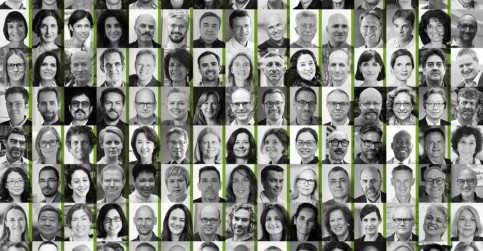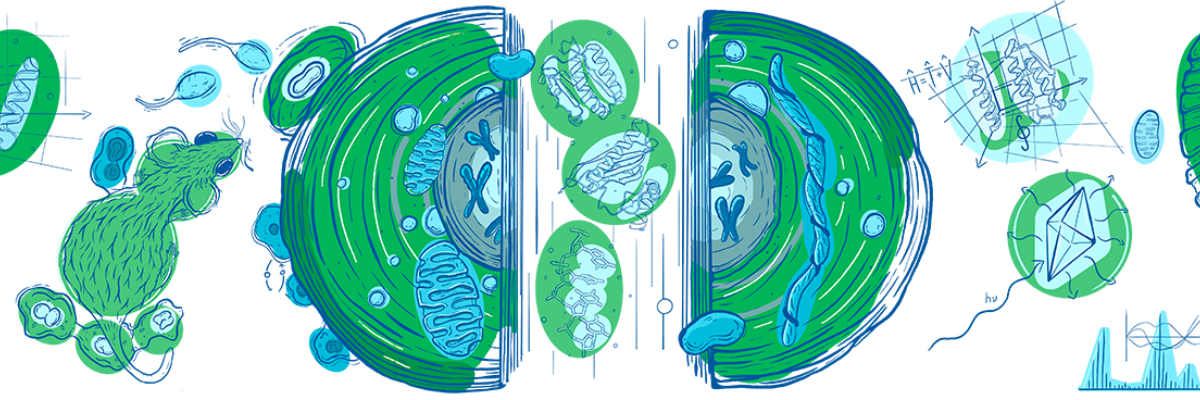
Institute of Biotechnology
of the Czech Academy of Sciences
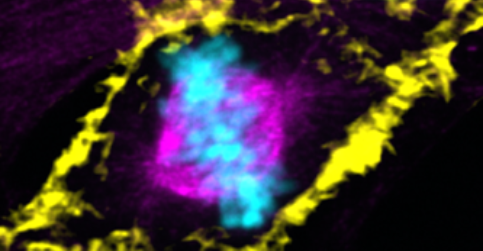
Czech-German collaboration revealed breakthrough observations in division ...
International research team led by Libor Macurek (Institute of Molecular Genetics, Czech Academy of Sciences), Robert Grosse (Institute for Clinical and Experimental Pharmacology and Toxicology, University of Freiburg) and Zdenek Lansky (Institute of Biotechnology, Czech Academy of Sciences) identified a new mechanism of the crosstalk between microtubules and actin cytoskeleton during cell division. ...
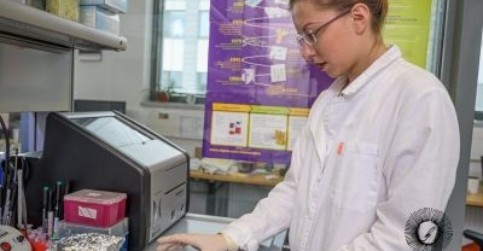
Small protein blockers of human IL-6 receptor slow the growth and spread of ...
Scientists from the Institute of Biotechnology have successfully developed novel small protein blockers of human interleukin-6 receptor alpha (IL-6Rα) and, in collaboration with researchers from other academic institutions, extensively functionally tested.
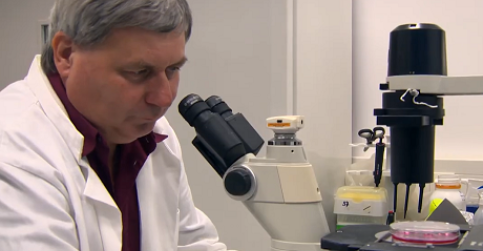
Myomedin MBA proteins aid in the diagnosis of patients with non-small cell ...
Research team of the Laboratory of Ligand Engineering with its collaborators from Palacky University Olomouc (UPOL) has recently reported on engineering of small PD-1 binding proteins named Myomedins MBA that benefit diagnosis of non-small cell lung carcinoma (NSCLC) patients in vitro and monitoring PD-1 positive cell populations in vivo using positron emission tomography (PET/CT).
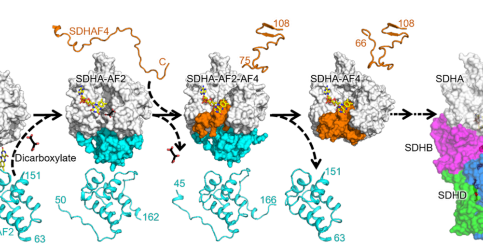
New results concerning a key complex regulating the Krebs cycle and ...
Mitochondria harbour two important pathways: the Krebs cycle and oxidative phosphorylation (OXPHOS). While Krebs cycle is a hub of catabolic and anabolic pathways essential for proper physiology and function of a cells, OXPHOS is the major source of cellular energy in the for of ATP. Thus, the two pathways are under strict control. They are connected with each other by mitochondrial respiratory complex II (CII), also referred to as succinate de-hydrogenase (SDH). ...
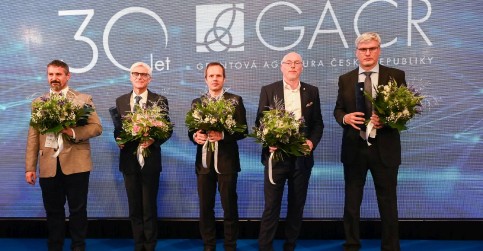
Jakub Rohlena received he Czech Science Foundation President’s Award
The President of the Czech Science Foundation (GACR) together with the Minister for Science, Research and Innovation awarded the five best scientific projects at the 20th anniversary ceremony of the Czech Science Foundation President's Awards yesterday (12 October 2023) at the Martinský Palace. The award recipients from all areas of basic research have contributed to a significant expansion of knowledge in the field and will lead to further applications.
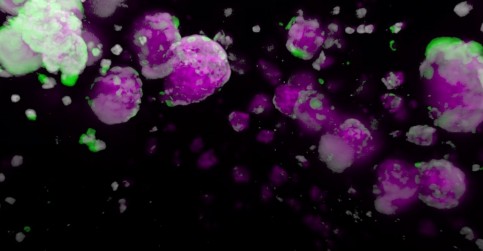
Scientists discover the function of NEUROD1 protein in the development of ...
Scientists from the Institute of Biotechnology (BTU) of the CAS at the Biotechnology and Biomedicine Centre of the Czech Academy of Sciences and Charles University (BIOCEV) and the Institute of Clinical and Experimental Medicine (IKEM) have elucidated the crucial role of the NEUROD1 protein in the development of severe diabetes. MODY6 diabetes is a subtype of diabetes caused by a mutation in the neurogenic differentiation factor 1 (NEUROD1) gene. ...
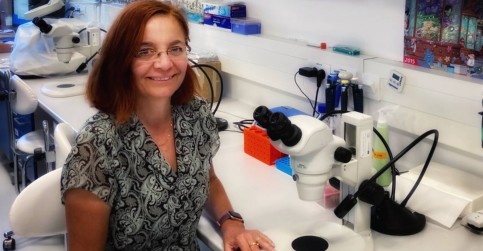
Gabriela Pavlínková received the Honorary Recognition of the President of ...
For the excellent results of the project "The role of NEUROD1 and ISL1 in the development of inner ear neurons" Gabriela Pavlínková received an honorary recognition from the President of the Grant Agency of the Czech Republic (GAČR) last week.
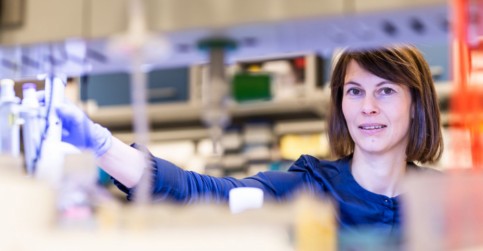
Researching the way cancer cells communicate brings hope for new treatment
Cancer cells need an immense amount of building material to proliferate. When they run out, they are able to persuade healthy nearby cells to supply them. How they do so is the subject of research done by Kateřina Rohlenová from the Institute of Biotechnology of the CAS: “We already know quite well what happens on the inside of cancer cells. We now want to map what happens in their surroundings. ...
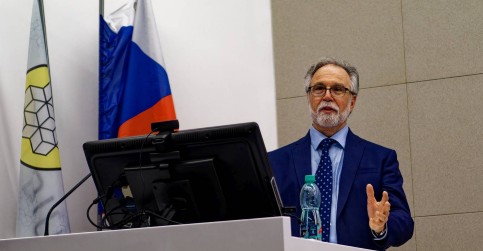
Visit of Nobel Prize winner Professor Gregg L. Semenza
During his stay in the Czech Republic, Nobel Prize winner in Physiology and Medicine Professor Gregg L. Semenza visited IBT at the BIOCEV center. It was the first visit of a Nobel Prize winner in the history of the center and his lecture on "Hypoxia-inducible factors in Physiology and medicine" filled the conference hall to the last seat.
